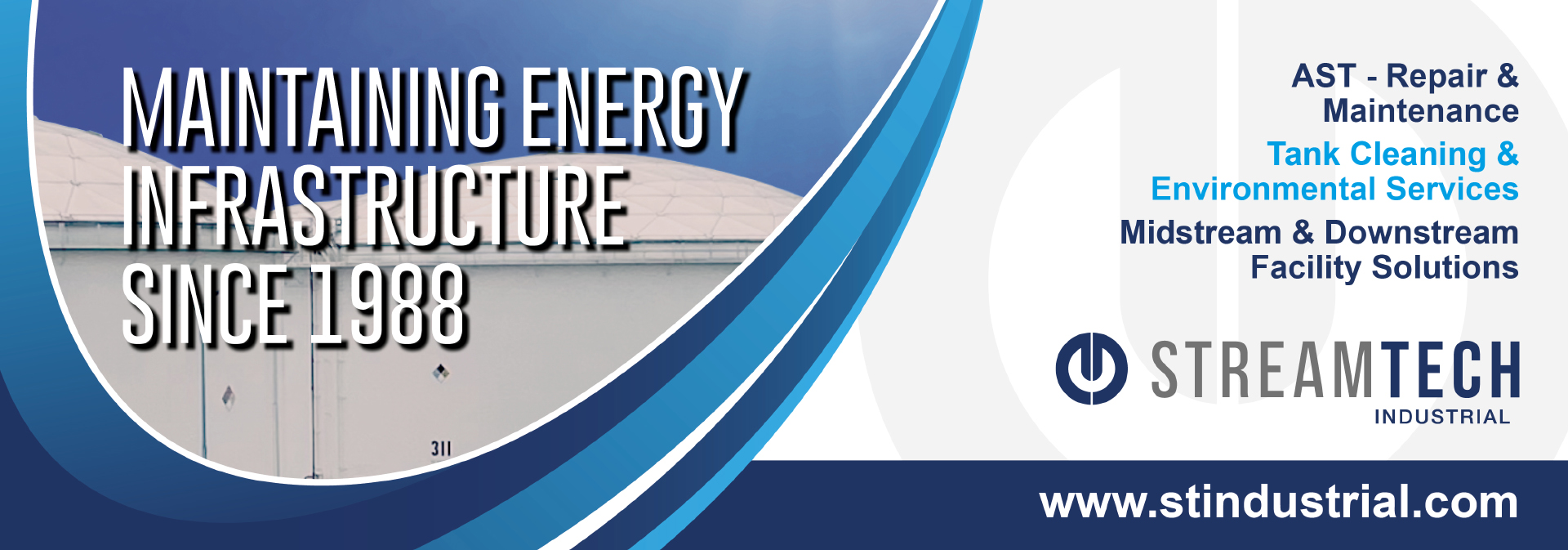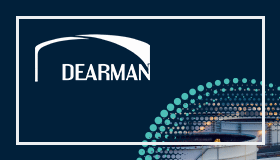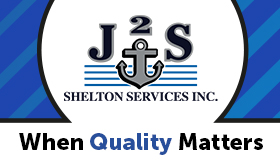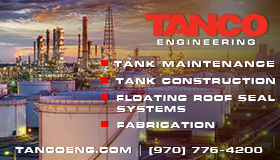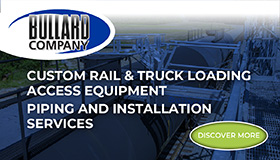ALJ Group has created the American Carbon Capture Forum, following a successful event series for hydrogen and LNG. The new carbon capture forum’s inaugural meeting brought together industry experts on policy, funding, technology, and project execution.
Princeton University’s Net Zero America report expects carbon sequestration in the United States to increase to 1.5 gigatons by 2050 in a low electrification scenario and reach about one gigaton by 2050 in a high electrification scenario.
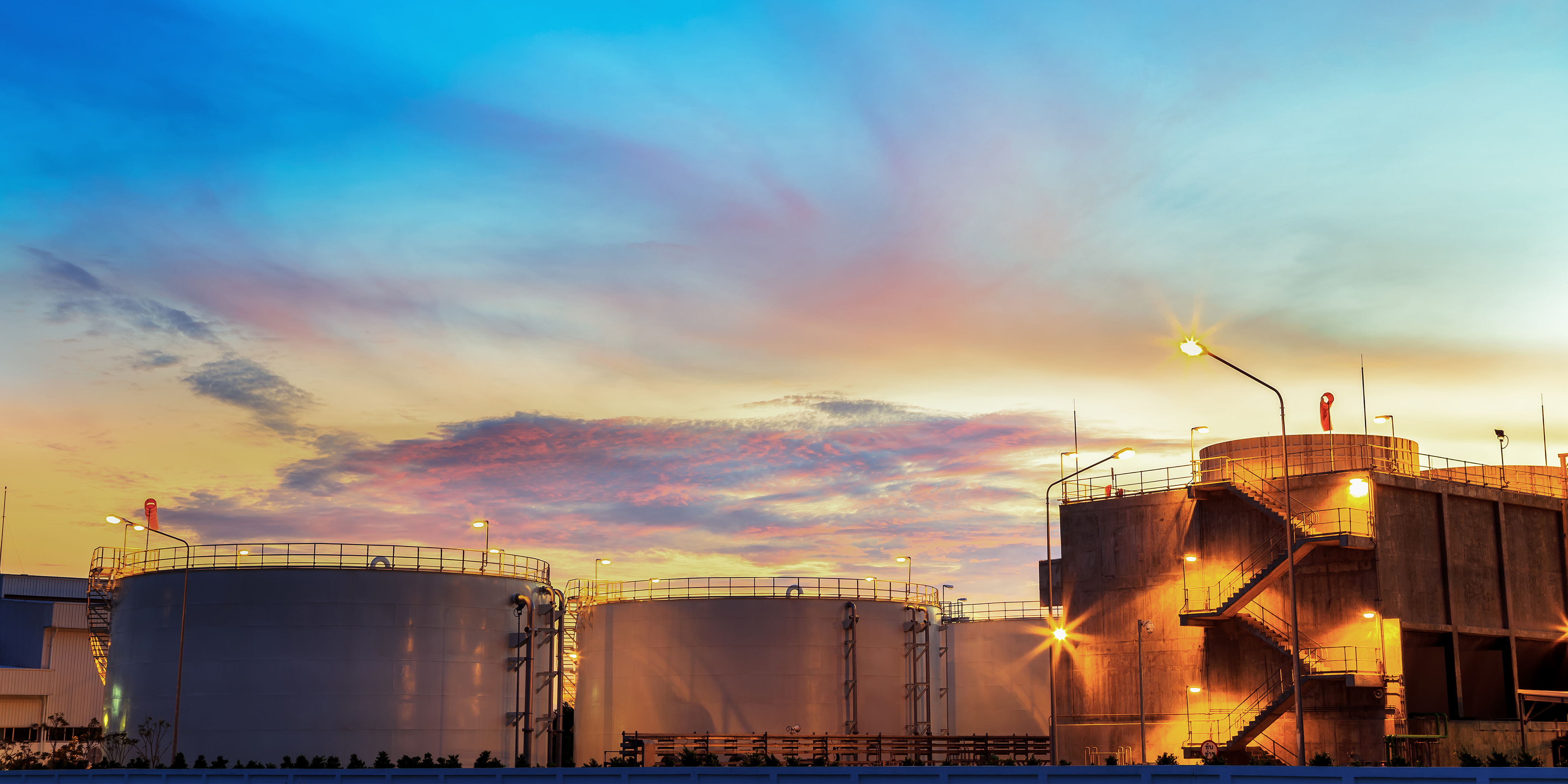
Todd Bush, the chairman of the event, opened the conference by stating: “In order to reach our net zero goals, we must get to gigaton scale for carbon capture. That is one billion metric tons of carbon sequestered per year. The United States and Canada have had the most success with carbon capture and storage with more demonstrations, more pilots, and more operational facilities to draw on lessons learned.”
According to Decarbonfuse data, there are 75 projects in North America under development including direct air capture, carbon sequestration, and blue hydrogen projects. Many of these projects expect to be operational in 2024 to 2026 presenting potential supply chain constraints for the industry.
Key points during the American Carbon Capture Forum were regulatory permitting, supply chain, and staffing challenges that face the industry:
- Primacy CO2 wells. North Dakota and Wyoming are the only states with primacy, so additional states competent with regulating injection wells will likely seek approval from the EPA to regulate CO2 sequestration wells at a state level. Likely states include Texas, Louisiana, New Mexico, Oklahoma, Colorado, Oklahoma, Ohio, Pennsylvania, and West Virginia.
- Equipment constraints. Ramp up in projects will create constraints for compressors, absorbers, blowers, and other capture equipment. Industry leading EPCs such as Worley, McDermot, KBR, and Air Liquide commented that proper planning and collaboration with suppliers and vendors will be critical for delivering projects on time and on budget.
- Project staffing. Increased project activity will also highlight staff and crew constraints according to top carbon capture engineering firms Kiewit, Black & Veatch, and Fluor. Each company described plans and techniques to overcome project staffing challenges to handle incoming project requests.
Larry Keras, CEO of ALJ Group, organizers of the American Carbon Capture Forum, said: “ALJ Group is aware that it won’t be possible to get to net zero without advancing carbon capture, utilization and storage technologies and Texas has the potential to become a very important hub for that,”
For more information visit alj-group.com




